
Throughout the coronavirus pandemic, with lockdowns and restrictions on eating out, many people have inevitably found new home-bound hobbies to keep themselves busy. While some have made it their goal to watch every original show on streaming services, many others have picked up cooking.
Home cooks all know the frustration of starting dinner, then realizing they’re out of a key ingredient. After doing this one too many times, most eventually remember to read their recipe first and prep all ingredients before turning on the stove.
24/7 Tempo compiled 50 basic cooking tips you should memorize, including crucial time-saving measures, safety tips, and some tricks you’ll be glad to know next time you prepare a meal.
You can Google how to make the perfect soufflé or steak, but how to prepare them at home – where kitchens are not usually as well equipped as those in restaurants — may take some extra skills. Here are 23 surprising cooking tips you learn at culinary school.
Click here to see 30 basic cooking tips you should memorize
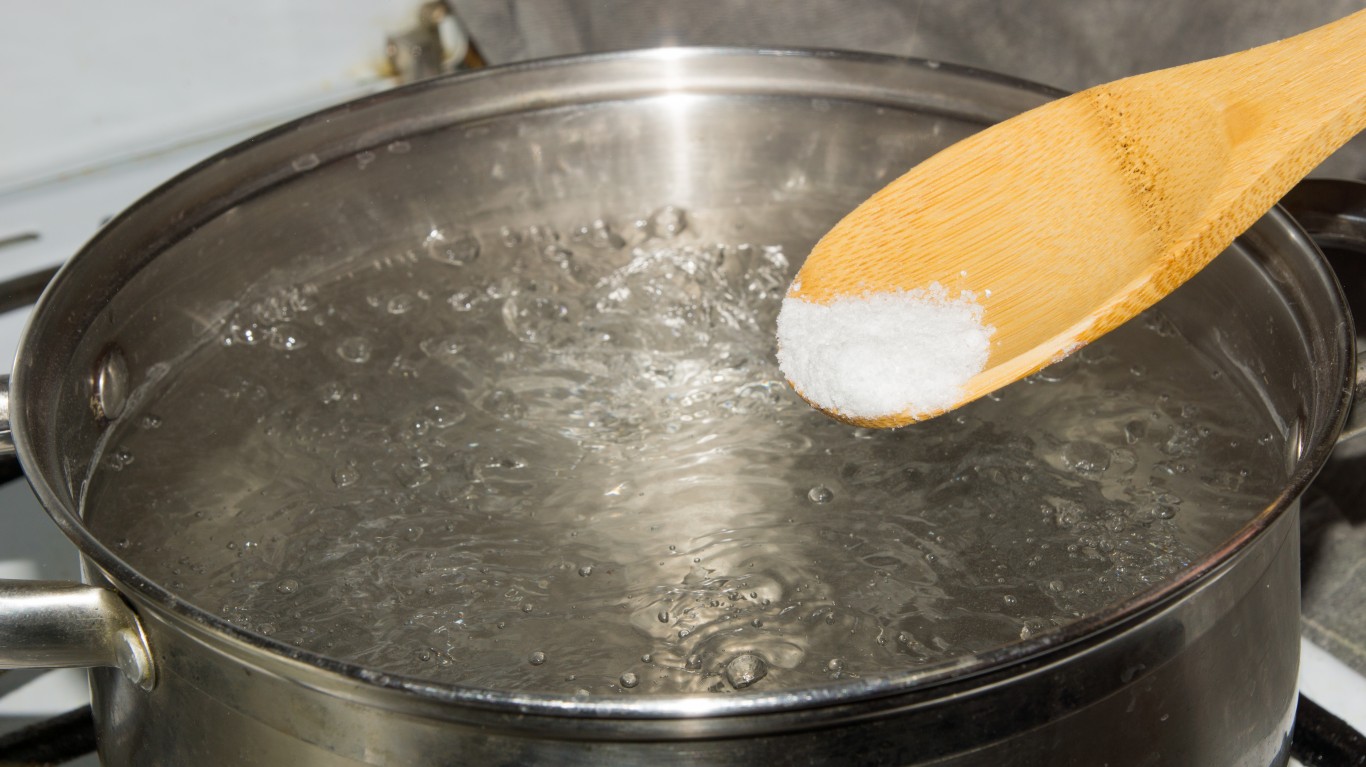
Heavily salt the pasta water
A tablespoon of salt per four quarts of water is a good ratio. This allows the pasta to absorb some of the salt, making it more flavorful.
[in-text-ad]
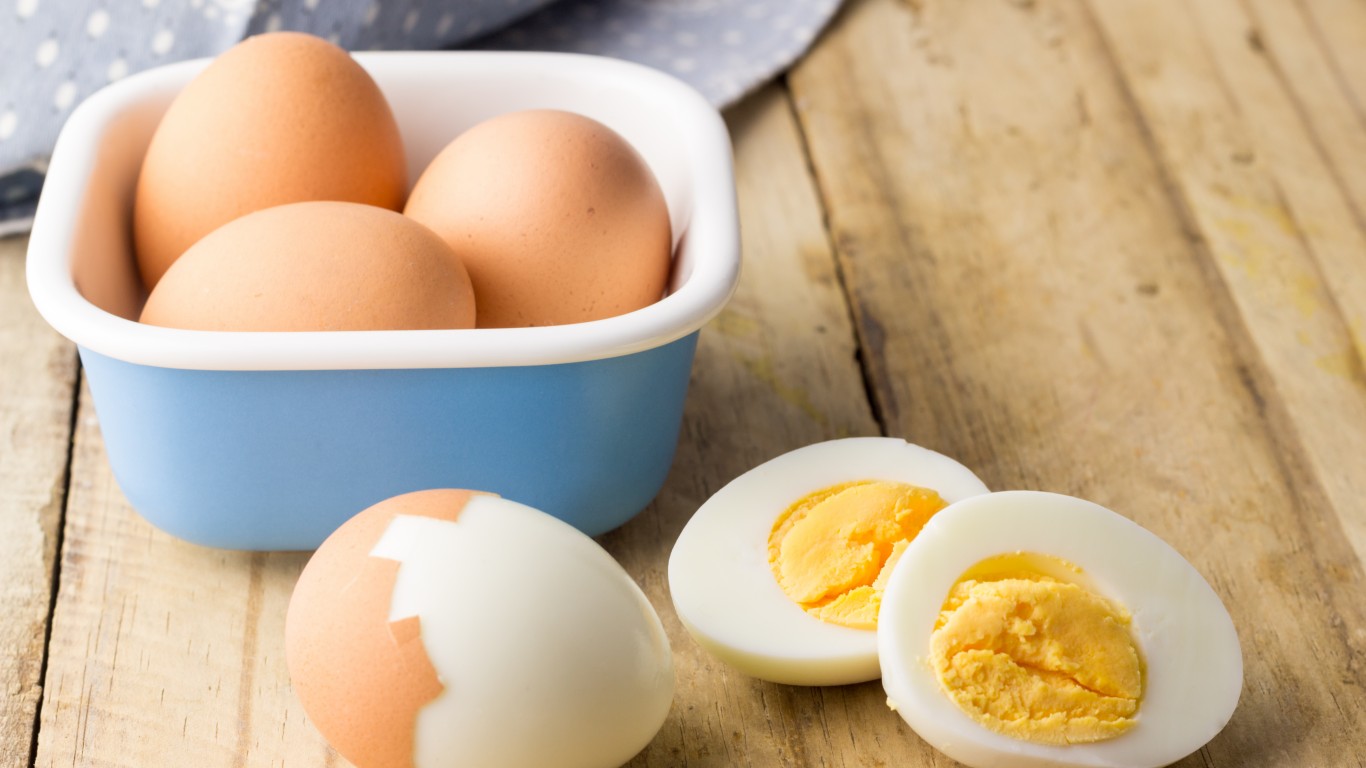
Boil water first for perfect soft- or hard-boiled eggs
Use enough water to reach an inch over the eggs. Once it’s boiling, lay the eggs in with a spoon and cook 6 minutes for soft boiled and 12 for hard boiled. Immediately drain and place in cold water.

Keep your knives sharp
In general, hone your knives after each use or every other use, and sharpen them once a year. This makes cutting faster and easier on your wrists. (Every time you use a knife, some of its teeth will be bent or misaligned. You hone the knife to fix them â to return the teeth to their optimal position.)
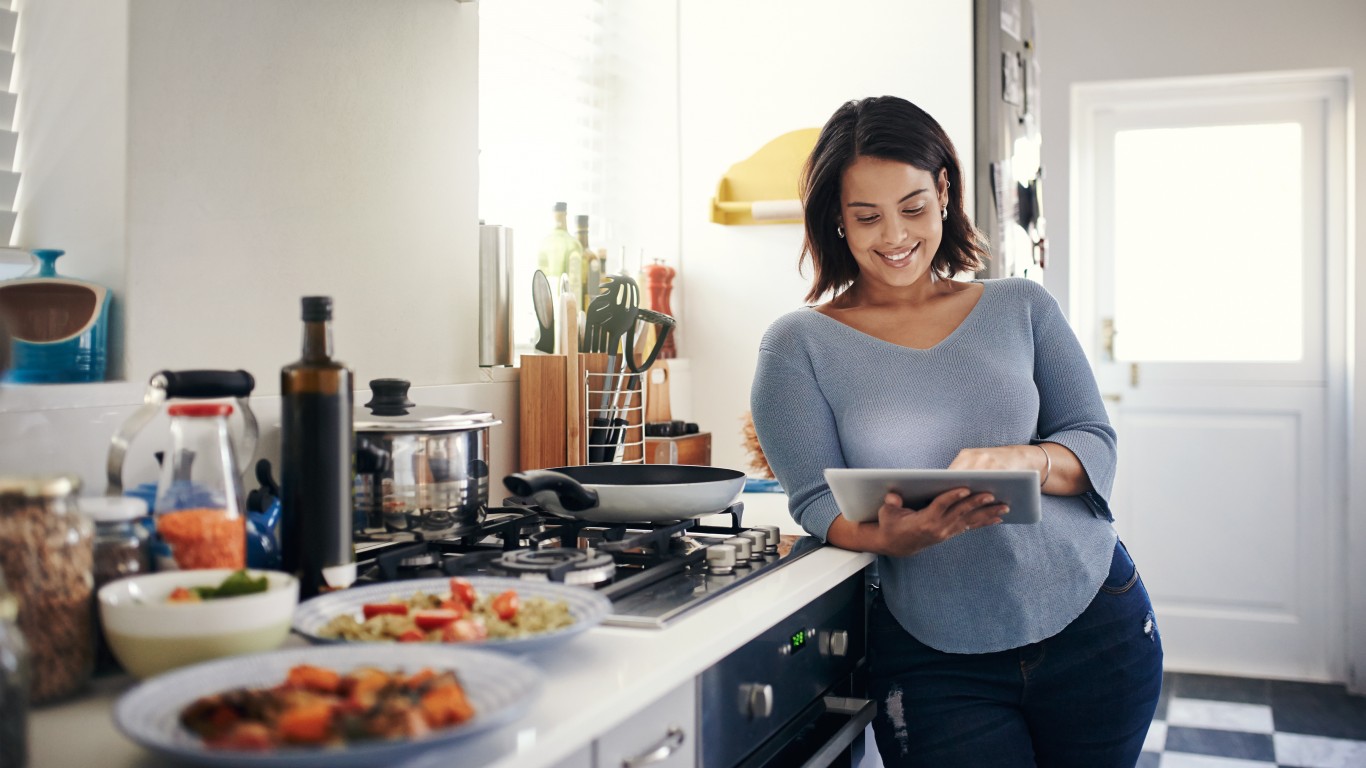
Read the whole recipe first
That way there are no surprises. You’ll know in advance if you need to pre-melt or cook anything, or if there’s something that needs to rest overnight.
[in-text-ad-2]
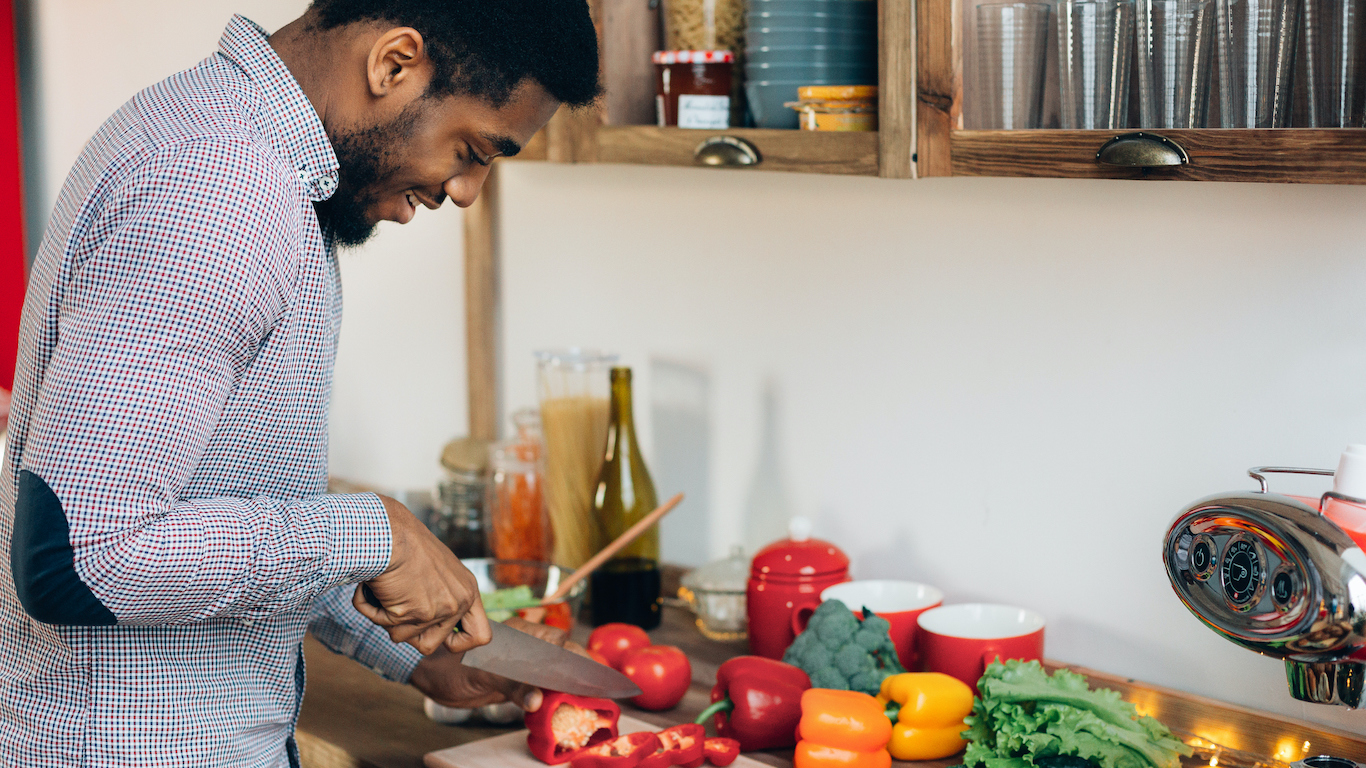
Prep and measure all ingredients first
Pre-chop vegetables and measure other ingredients into small containers before you begin cooking. This can save you from forgetting ingredients or rushing around in a frenzy while the stove is on.

Curve your fingers down when slicing vegetables
If your knuckles are resting against the side of the blade, the blade can’t cut you.
[in-text-ad]

Don’t crowd the pan
Whether you’re searing meat or sauteing vegetables, leaving space between pieces allows them to brown and crisp. Crowding leads to soggy, steamed food.

Clean as you go
You’ll thank yourself later. It saves space, time, and muscle if you wash dishes as you use them or at least soak them while you cook.
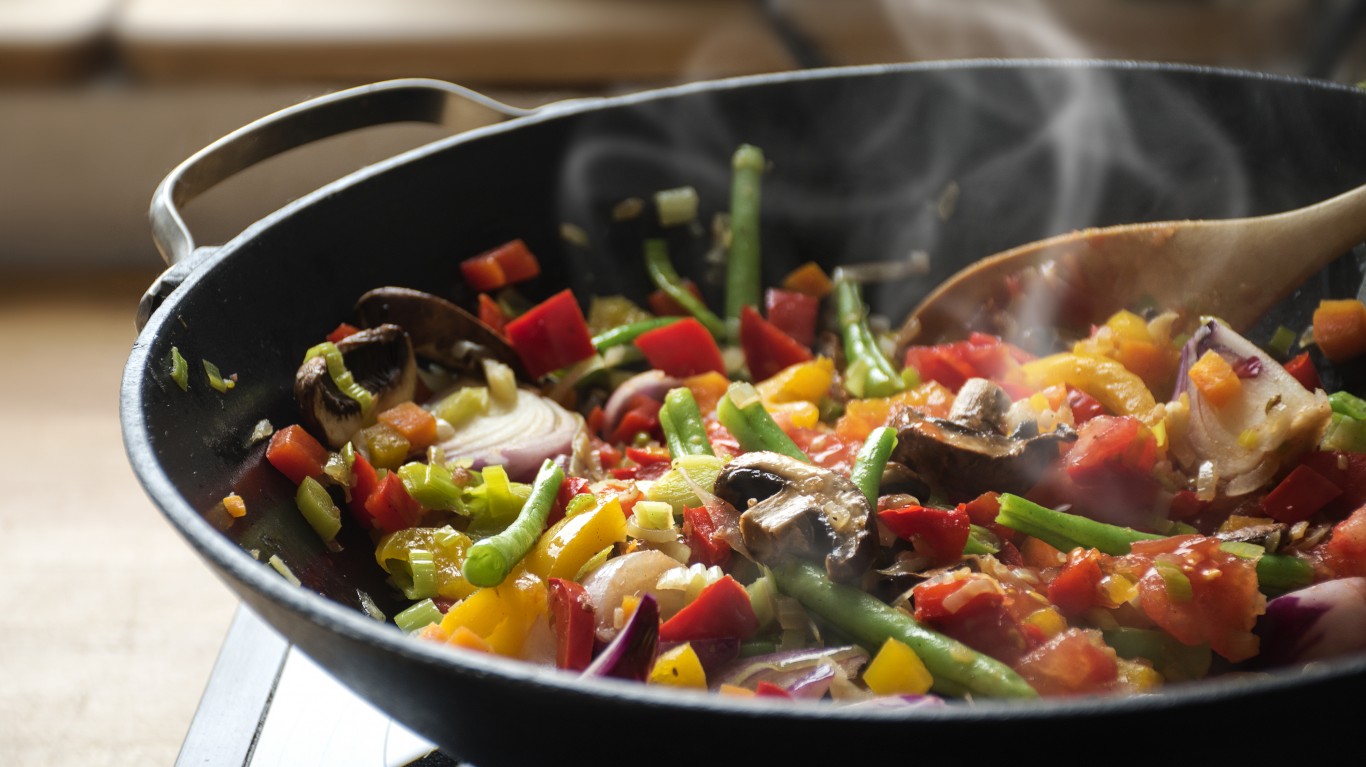
Use the right tool or pan for the job
If you stir-fry often, get a wok. Peel a lot of vegetables? Invest in a y-shaped peeler. Frost cakes? Get an offset spatula. Tools can be relatively cheap and save you a lot of time and frustration.
[in-text-ad-2]
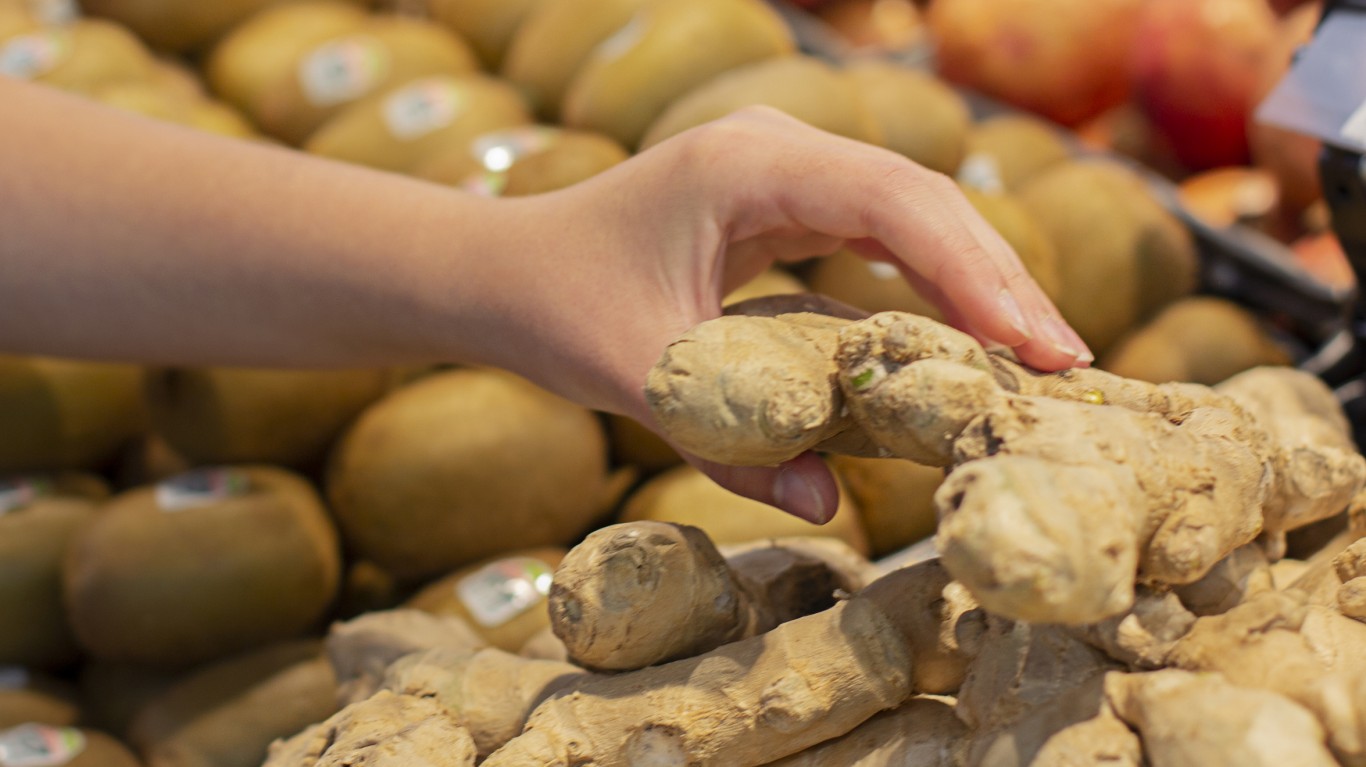
Store ginger root in the freezer
Ginger often dries out before we have used most of it. Keep it in the freezer and grate it directly into your dish.
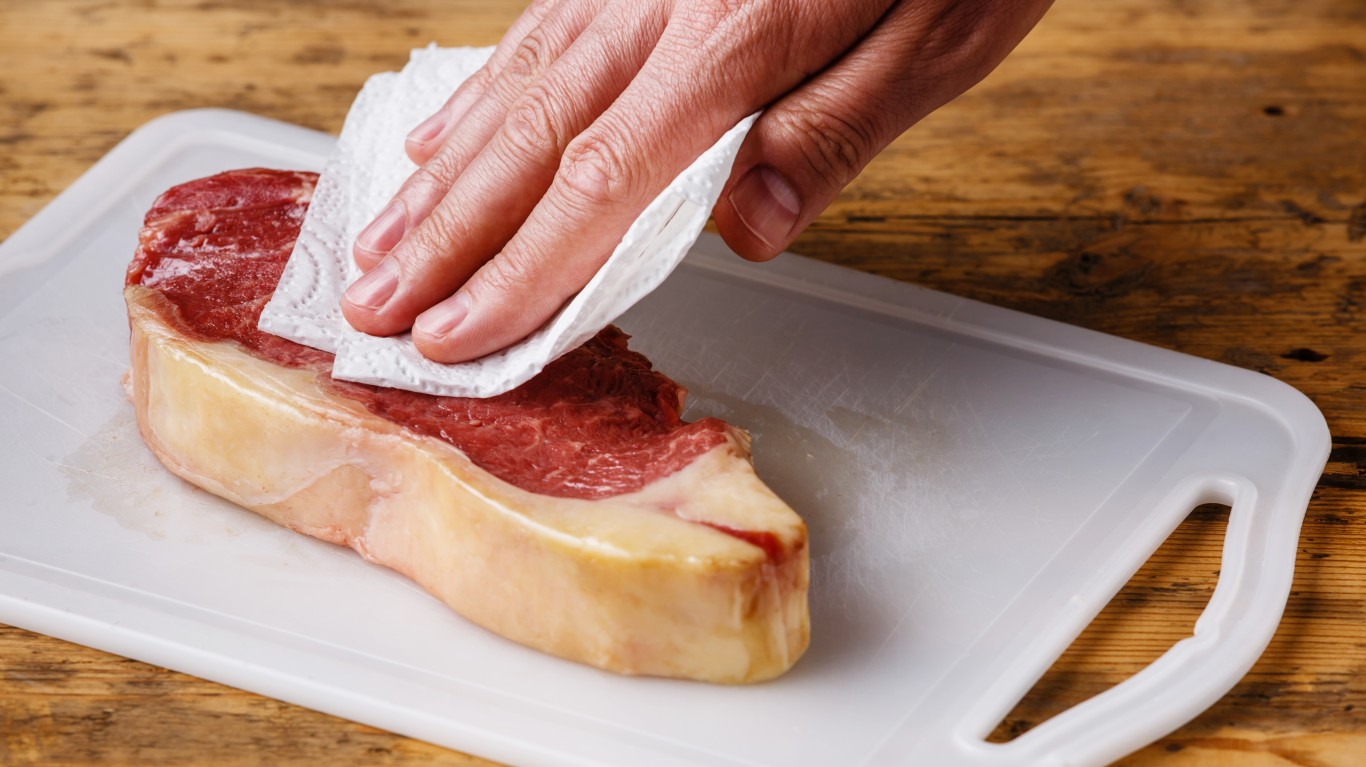
Dry meats and vegetables before cooking them
It’s hard to brown chicken if you place it in the pan wet.
[in-text-ad]
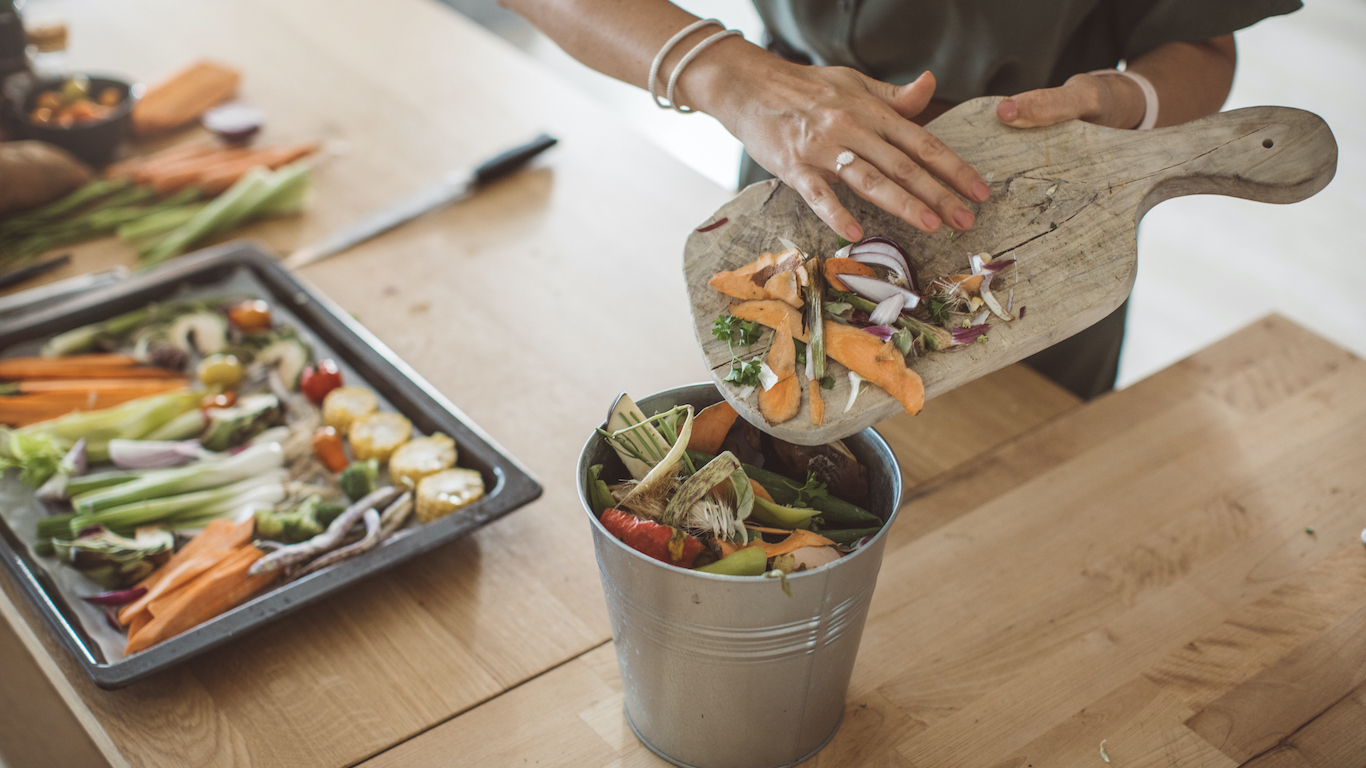
Keep vegetable scraps and meat bones
Put a bag in the freezer for all your onion skins, carrot peels, chicken bones, and celery tops. When it’s full, make soup stock.
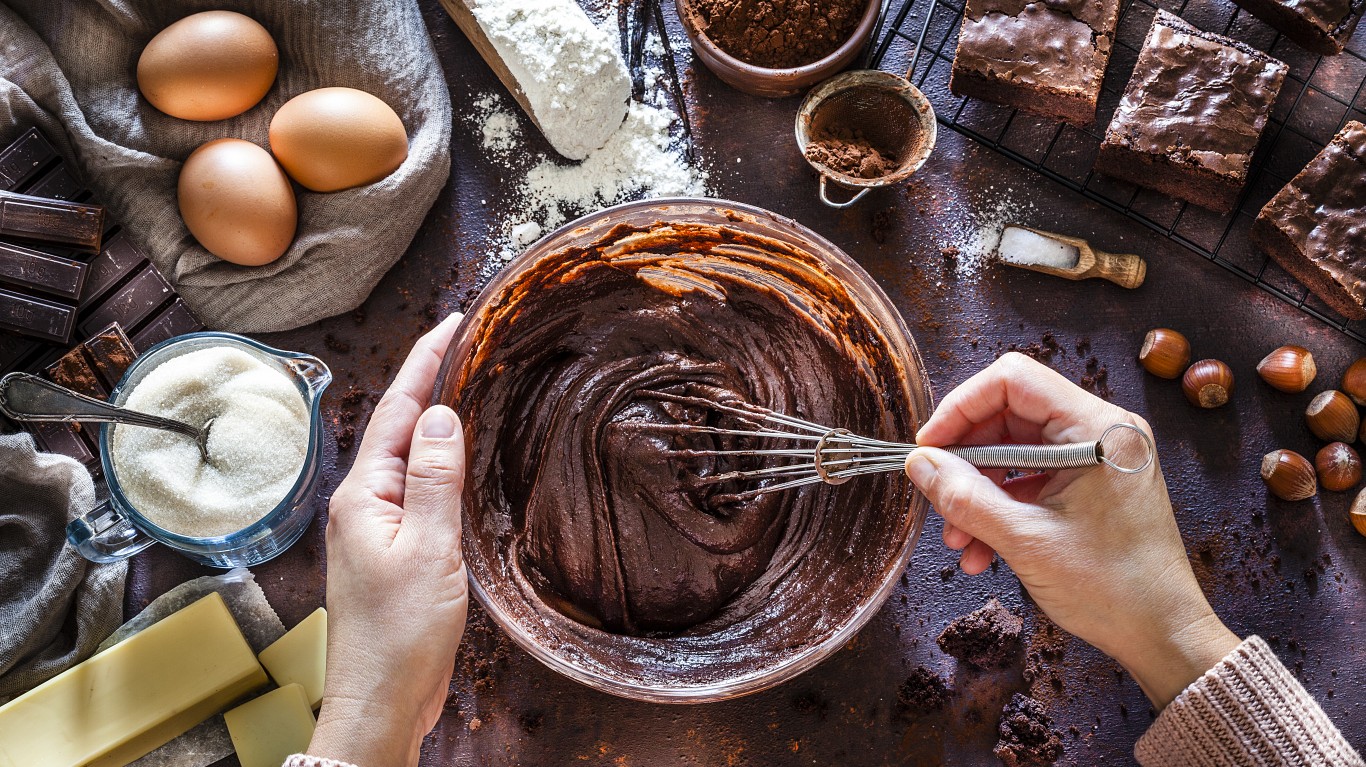
When baking, be sure not to overmix the batter
Whether it’s cake, muffins, or biscuits, most wheat flour-based baked goods that aren’t yeasted need to be mixed just until all the flour is incorporated. Any more and the final result will be more dense and chewy than desired.
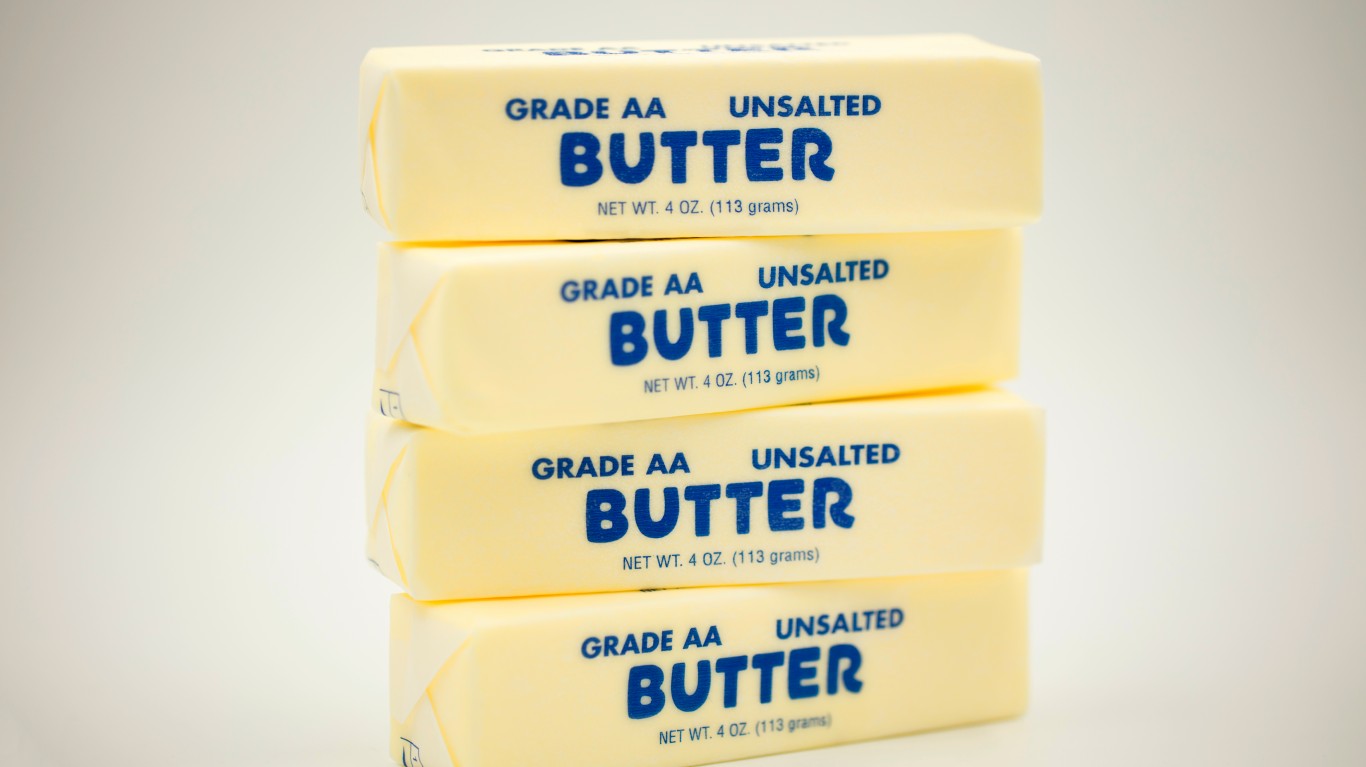
Use unsalted butter for recipes
Unsalted butter gives you full control over the sodium content of your food. In baking, it’s important to remember that various butter brands have different amounts of salt and moisture, so unsalted is the best bet for consistent products.
[in-text-ad-2]

When whipping egg whites, clean the bowl well
Any residual oil can prevent egg whites from whipping into stiff peaks, no matter how long you whip them for. For added insurance, wash the bowl in hot water, dry it, then wipe it down with lemon juice.

Broken emulsions can usually be saved
When making aioli, hollandaise, or other emulsified sauces, separation is common. Rather than tossing the curdled sauce, try re-whipping it with an extra egg yolk or a few tablespoons of hot water.
[in-text-ad]
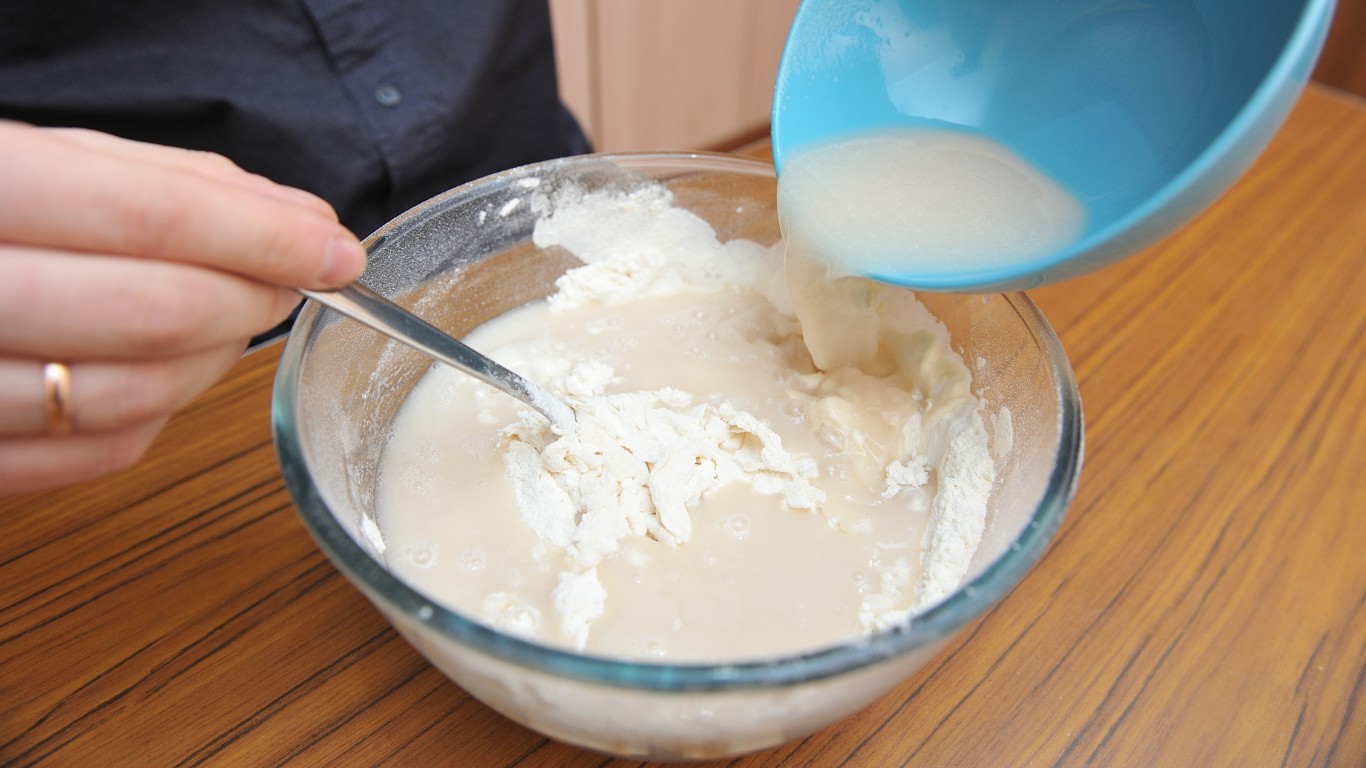
Use luke-warm water to activate yeast
Water that is too hot can kill yeast, so use slightly warm water and keep the yeasted dough above 70 degrees while rising.

Slice beef against the grain
No matter the cut, you can make every bite of beef more tender by slicing perpendicular to the direction of the muscle fibers.
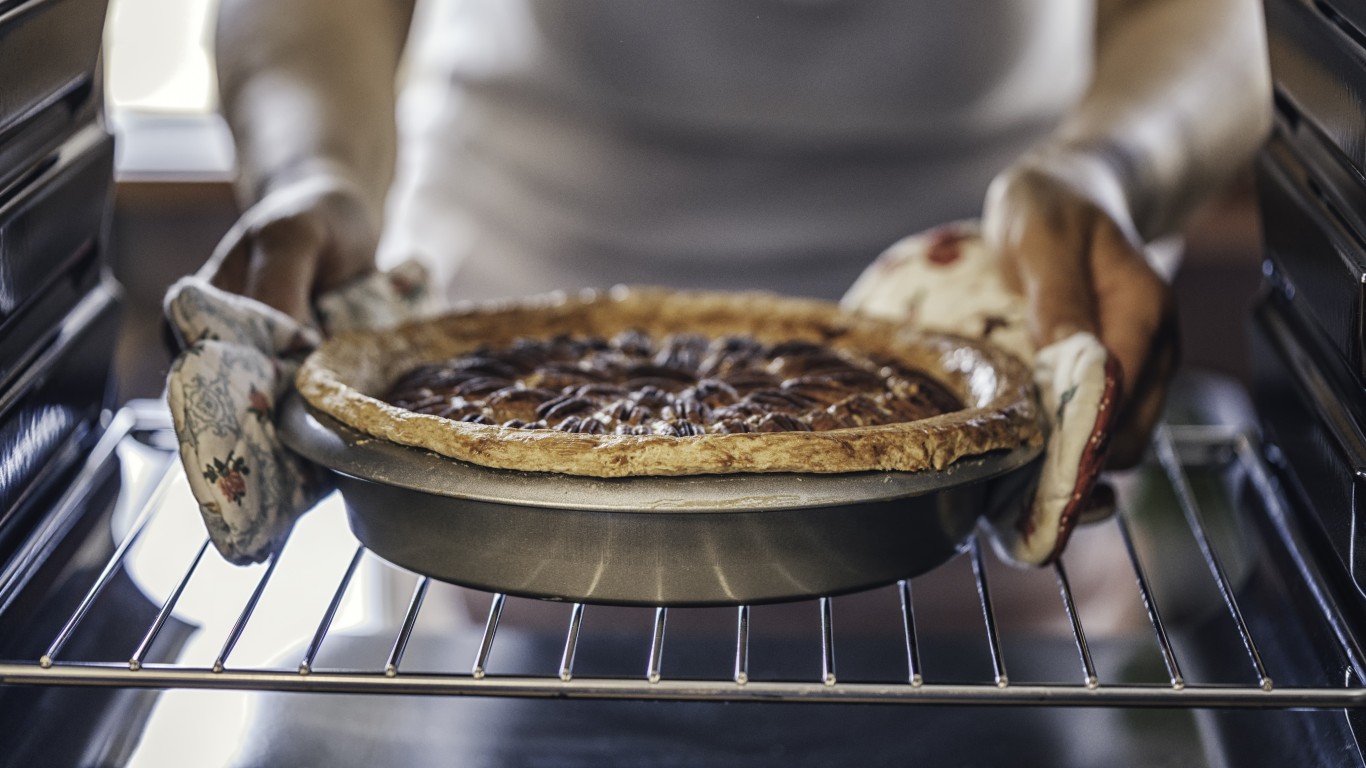
Don’t open the oven unless absolutely necessary
A lot of heat escapes whenever the oven opens, and this prolongs cooking time. Use the light to check on baked goods, and only open to baste meat, rotate pans, or check done-ness.
[in-text-ad-2]

Substitute all-purpose flour for cornstarch
Cornstarch is a common thickening agent used in gravies and puddings. If you don’t have any, white flour is a fine substitute. Use 2 units of flour for every 1 unit of cornstarch that the recipe calls for.
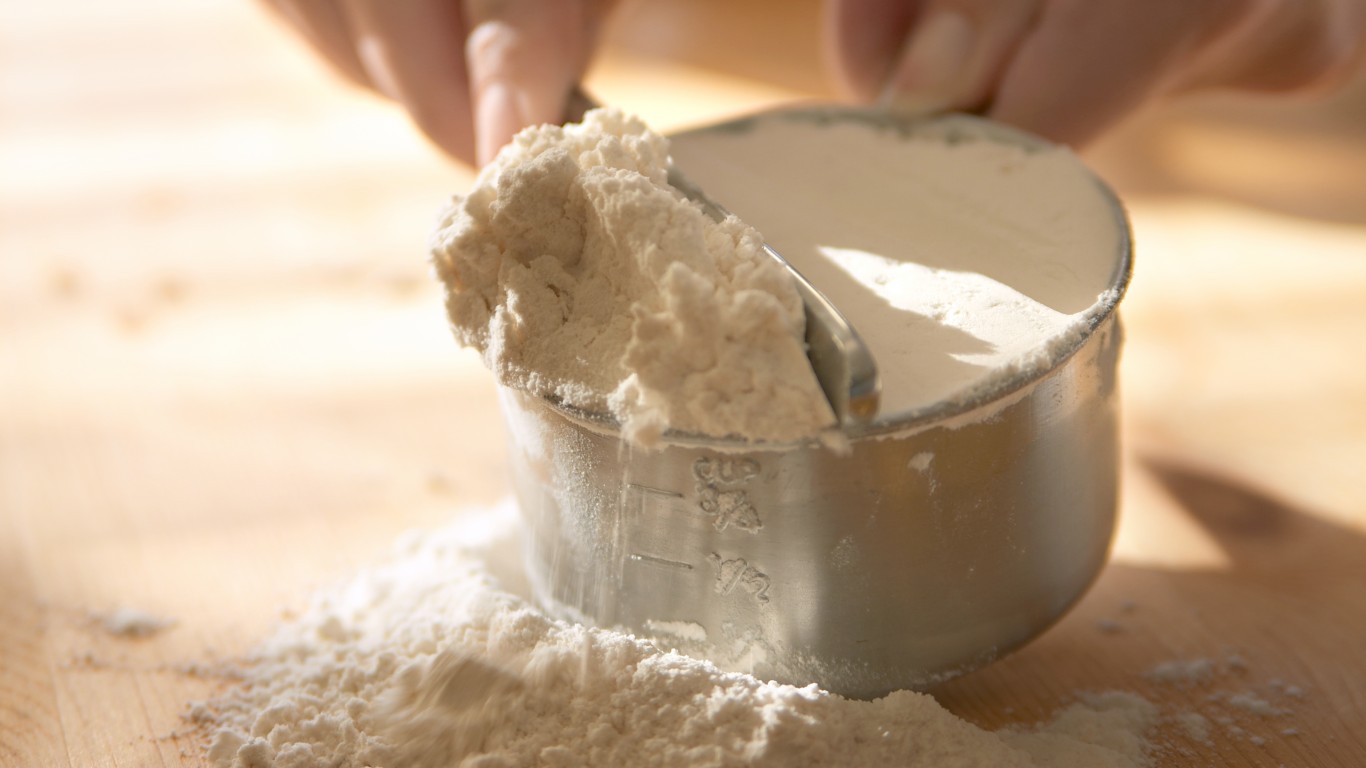
When measuring flour, don’t scoop it with the measuring cup
Scooping straight out of the flour bag can compact flour into the cup, causing you to use way more than you intended. Always stir flour to fluff it up, spoon it gently into the measuring cup, and then level it off with a knife.
[in-text-ad]
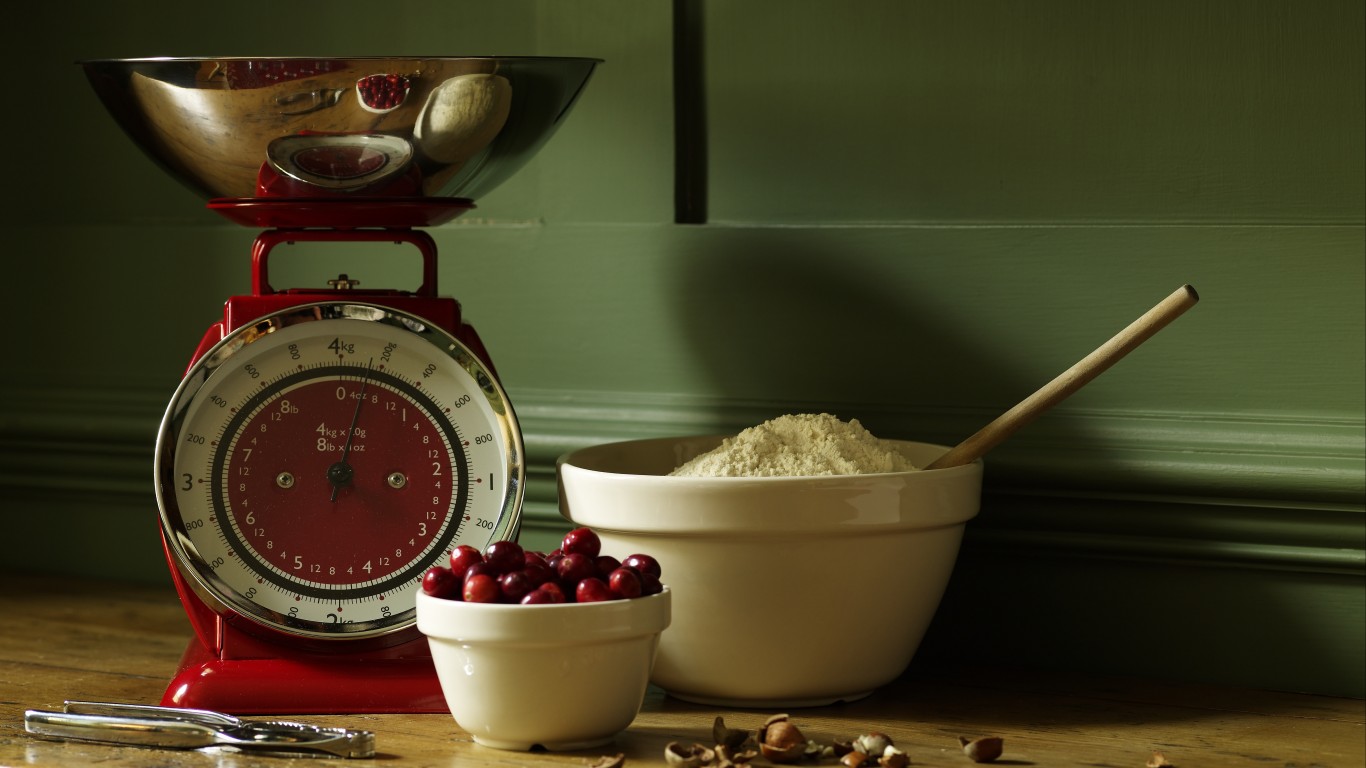
If you bake often, invest in a scale
Weights are much more accurate than volume measurements when baking. Most good recipes will come with ingredient weights.

If a recipe calls for chilling an ingredient, or letting it rest overnight, do not ignore this
There is a good reason, whether it’s to ensure your cookies don’t spread into each other, or to develop flavors or texture.

Skip the toothpick test
To test doneness in cakes and cupcakes: gently press the middle of the cake. If it bounces completely back, it’s done.
[in-text-ad-2]

Use ice cream scoops to portion cookies and cupcakes
For uniform treats, invest in a few sizes of spring-action ice-cream scoops. This also saves time and is less messy than using two spoons.
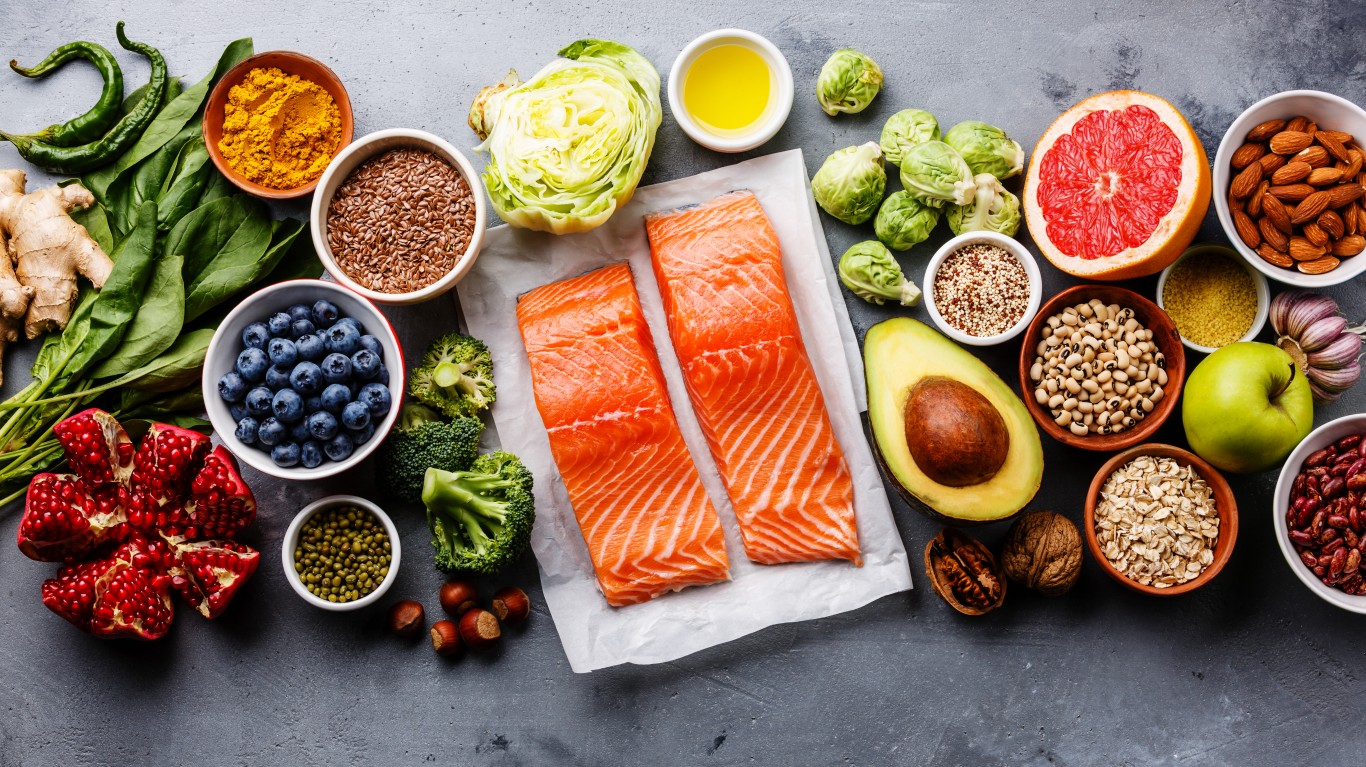
Fresh, quality ingredients affect outcome
A great way to ensure more flavor is to use in-season produce and high quality, local dairy and eggs when available.
[in-text-ad]
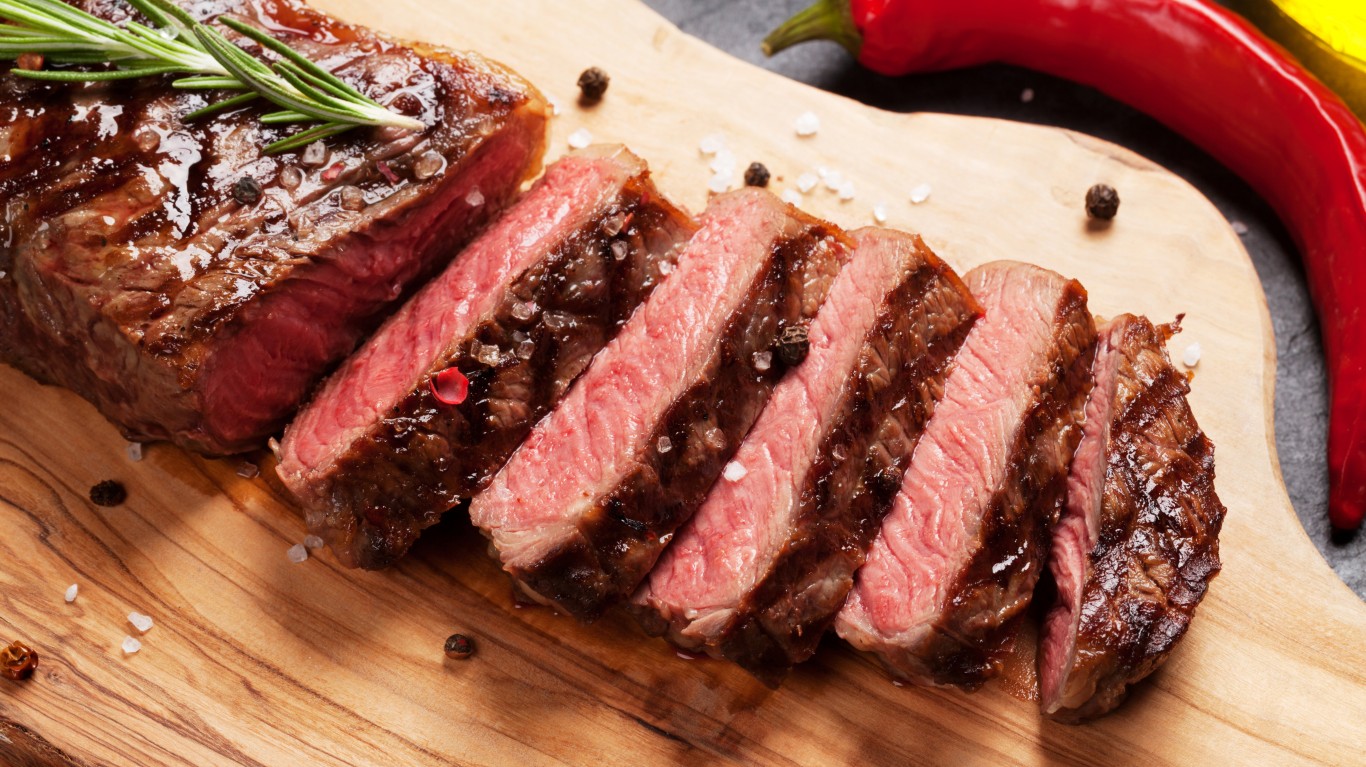
Let cooked meat rest before slicing
This allows the juices to reincorporate, leading to a moist final product.
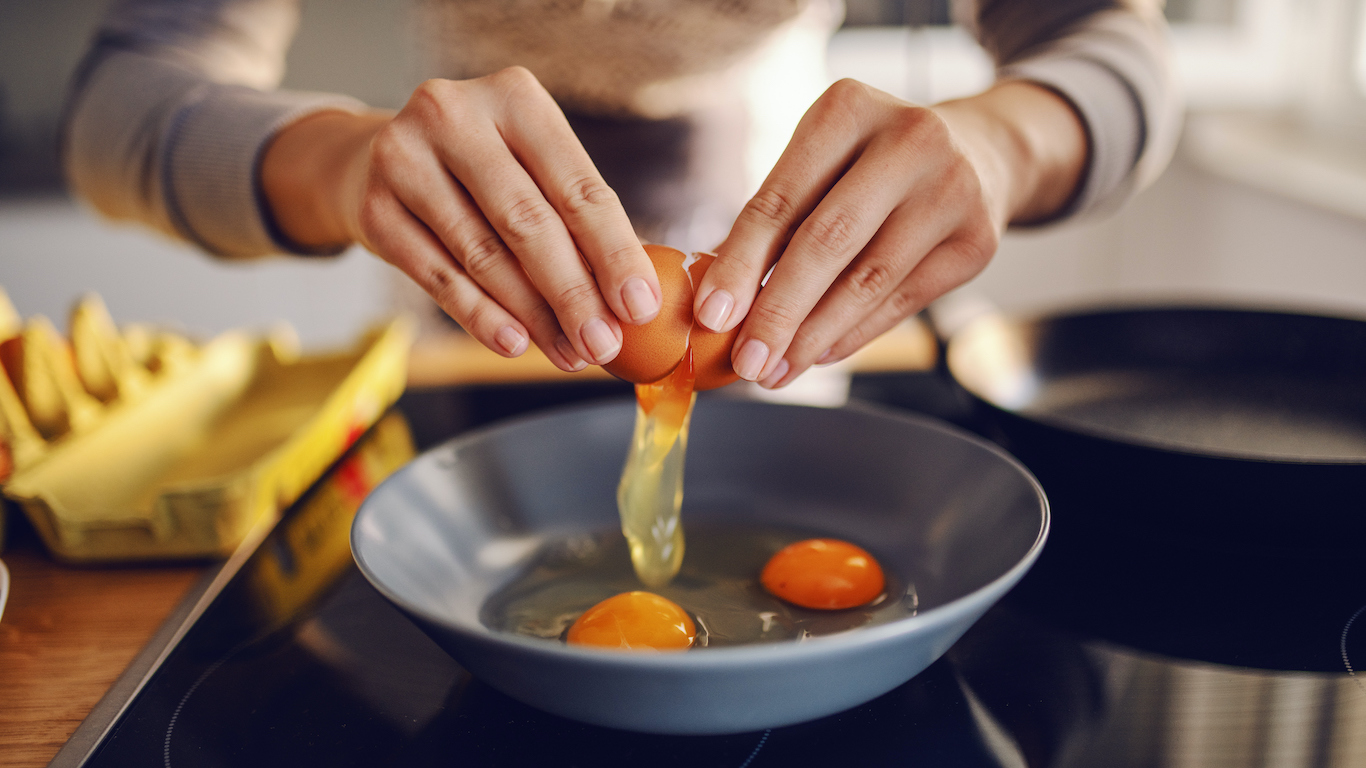
Crack eggs on the counter, not the edge of the bowl
Flat surfaces create less shattered shells that can end up in your food.

Preheat the oven
Seriously. Putting food into a heating oven can cause it to burn on one side or cook unevenly.
[in-text-ad-2]

Refresh old spices yearly
Spices have a shelf life. They won’t make you sick, but they will taste like nothing. If it no longer has a distinct smell, get rid of it.
Want to Retire Early? Start Here (Sponsor)
Want retirement to come a few years earlier than you’d planned? Or are you ready to retire now, but want an extra set of eyes on your finances?
Now you can speak with up to 3 financial experts in your area for FREE. By simply clicking here you can begin to match with financial professionals who can help you build your plan to retire early. And the best part? The first conversation with them is free.
Click here to match with up to 3 financial pros who would be excited to help you make financial decisions.
Thank you for reading! Have some feedback for us?
Contact the 24/7 Wall St. editorial team.
 24/7 Wall St.
24/7 Wall St.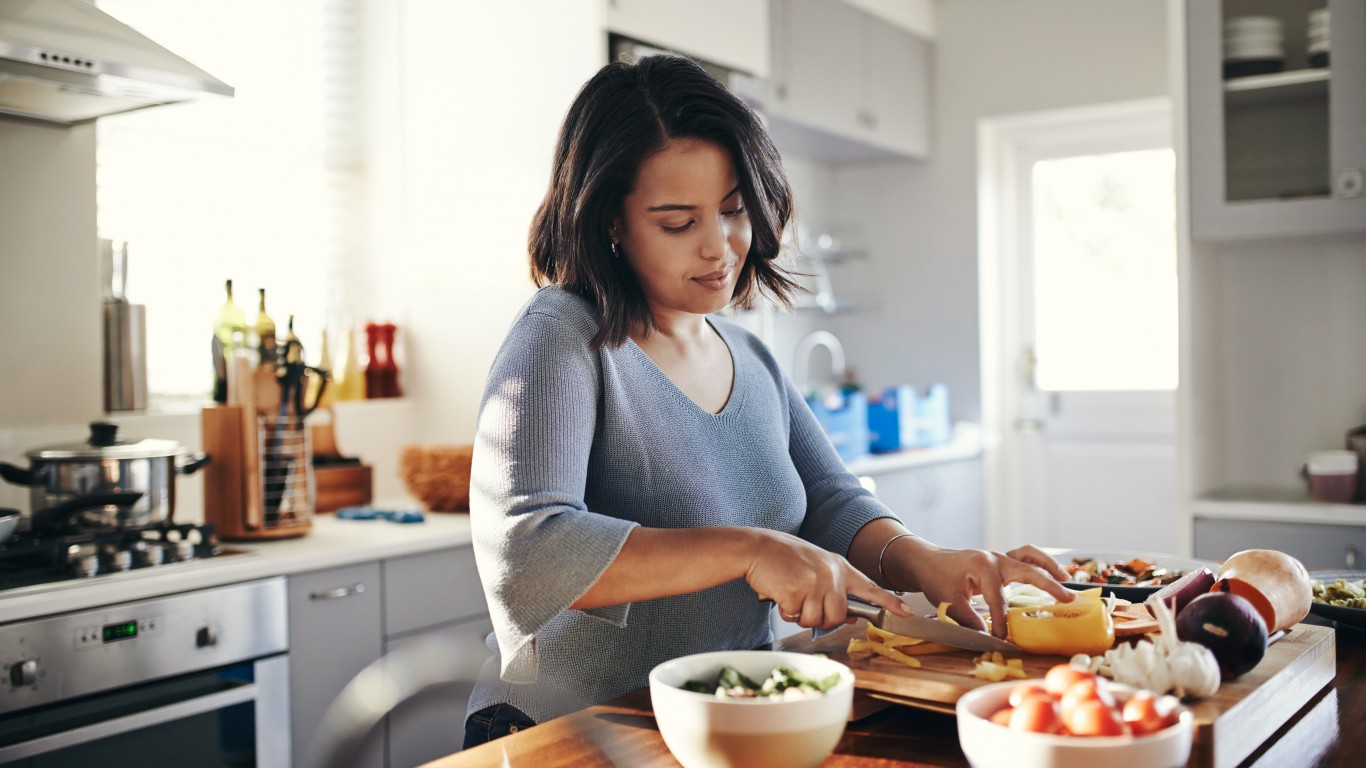 24/7 Wall St.
24/7 Wall St.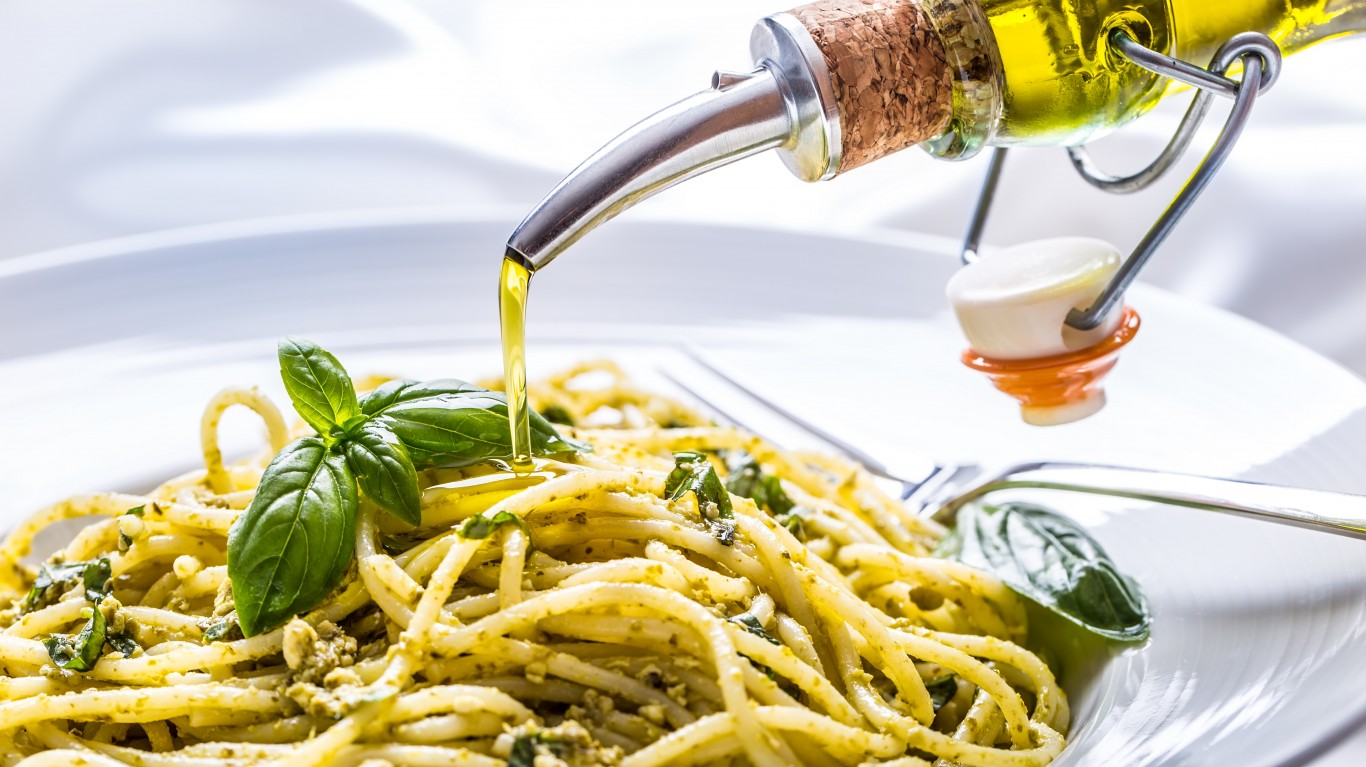 24/7 Wall St.
24/7 Wall St. 24/7 Wall St.
24/7 Wall St.


